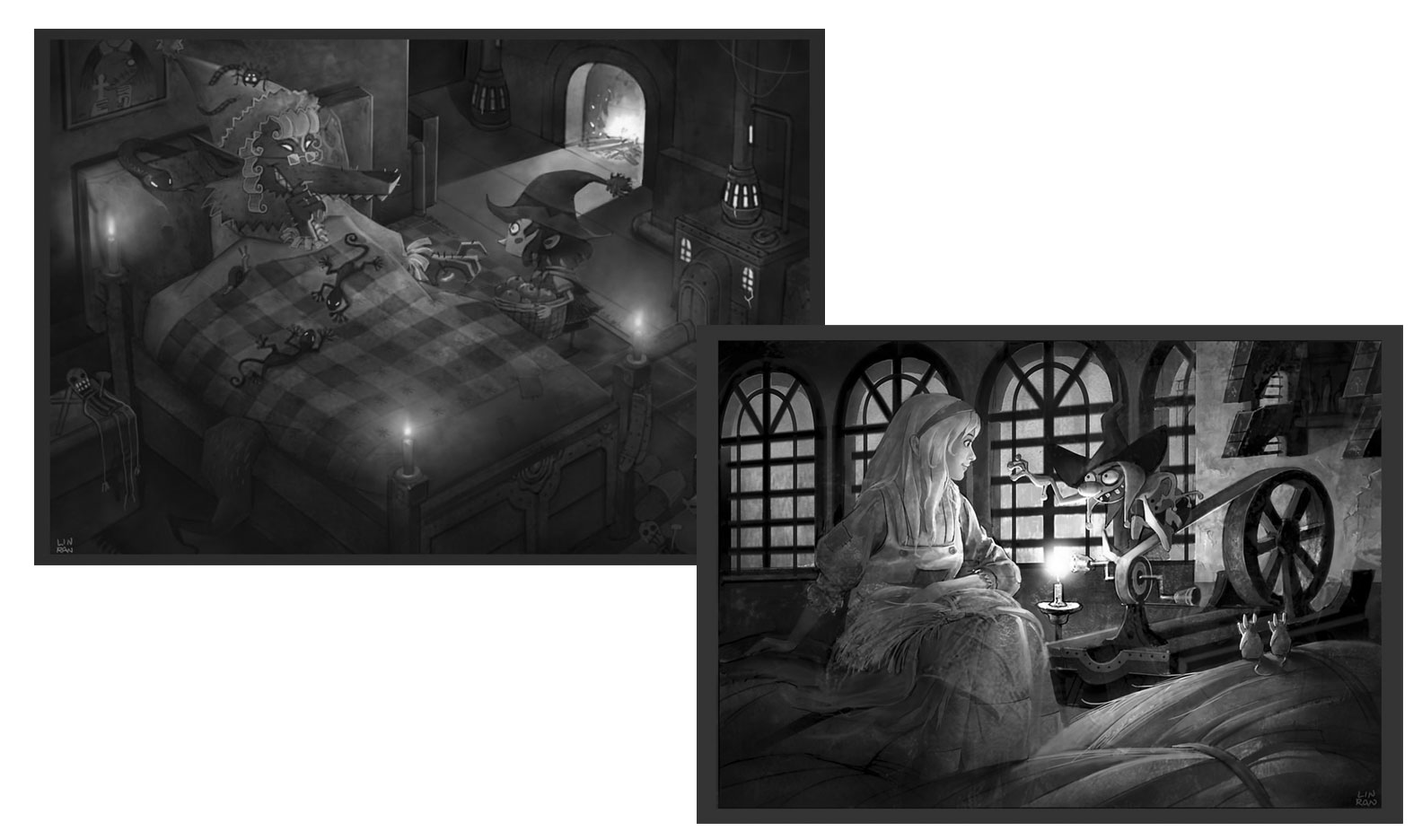American McGee
CEO, Spicy Horse Games
American McGee is a game designer and entrepreneur who began his career at id Software creating levels for such games as DOOM II (1994), Quake (1996), and Quake II (1997). He has since designed his own games, including American McGee’s Alice (2000), American McGee presents Scrapland (2004), American McGee presents Bad Day LA (2006), Grimm (2008), BigHead BASH (2012) and Crazy Fairies (2012).
On getting into the game industry: I was working as an auto mechanic and living in Mesquite, Texas. It just so happened that one of my neighbors was John Carmack, owner of id Software. He and I became friends, and after several months of hanging out and beta testing at id, John offered me a job doing tech support. While answering phones I trained myself on the in-house design tools and quickly found myself creating content for DOOM II. The rest, as they say, is history.
On favorite games: Games that deliver a sense of an endless world, living environments, and open-endedness always get my stamp of approval. I’m looking forward to the day when emergent gameplay takes us away from the idea of “video games” and into alternate realities where we decide what the gameplay is.
On inspiration: Every game I play inspires me in some way. It could be an elegant solution to a third person auto camera or the worst driving physics ever created—even the mistakes have something to teach us.
On his design process: Game design is a collaborative and iterative process for me. Early on I focus on narrative while my art director sketches visuals. Together we flesh out characters, environments, and simple game concepts. We build on things we know, game ideas that we admire, and pieces collected from other mediums. Our first rough concepts are often very jumbled, even confused. From these we distill down until we’re left with a concept, game mechanic, story, art style, and other creative elements that all click. From start to finish this can take us months, but it is a very enjoyable and exciting process.
On simple design solutions: There have never been difficult problems, just difficult solutions that need to be made simple. Like the idea of making “jump puzzles” accessible to people who were new to third person action games on the PC. We struggled with this on Alice, trying ways to automate the jump, for example, which was difficult. Finally, I hit on the idea of projecting a 2D image of Alice’s feet into the world where she’d land after a jump. It helped novice players with jump puzzles and was elegantly simple.
Advice to designers: Think entertainment, not games. The creative people within our industry need to start thinking about the big picture, not just the boxed game product. When you design, design with toys, books, films, soundtracks, clothing lines, and any other franchise extensions you can think of. In addition to that, design these things for your audience, not for yourself or your team. Games are not about designer versus player any more; they’re about your ideas versus the marketplace. This comment still stands, but I’d update it by adding, “think small, different, and online.” Thankfully the market is now more accepting of new ideas than ever before.

